
The art of critiquing dining experiences is nuanced, requiring a blend of observation, personal taste, and an understanding of culinary principles.

The rise of food trucks reflects changing consumer preferences, economic factors, and an increasing appetite for diverse culinary experiences.

By exploring the benefits and implications of subscription models, we can better understand how they are revolutionizing the dining experience.
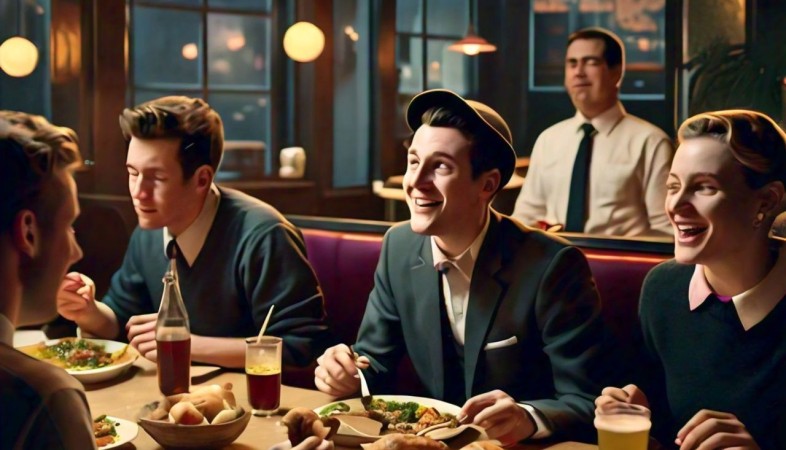
A well-defined brand can not only differentiate a restaurant from its competitors but also create a loyal customer base.

As the industry adapts to new demands, several key technology trends have emerged, shaping the future of dining.

This design choice not only redefines the aesthetic of the dining space but also significantly enhances the overall guest experience.

One such strategy gaining traction is the creation of themed packages that combine hotel stays with restaurant experiences.

These models blend traditional services with innovative approaches to provide guests with unique, personalized experiences.

Achieving this ambiance goes beyond just design—it requires thoughtful attention to layout, lighting, decor, and the overall guest experience.

Adapting to changing consumer trends requires restaurants to be flexible, innovative, and customer-focused.

Improving operational efficiency is essential for restaurants and hotels to reduce costs, increase productivity, and enhance profitability.

The menu is more than just a list of food items; it is a powerful tool that shapes the dining journey from the moment customers sit down to the moment they leave.
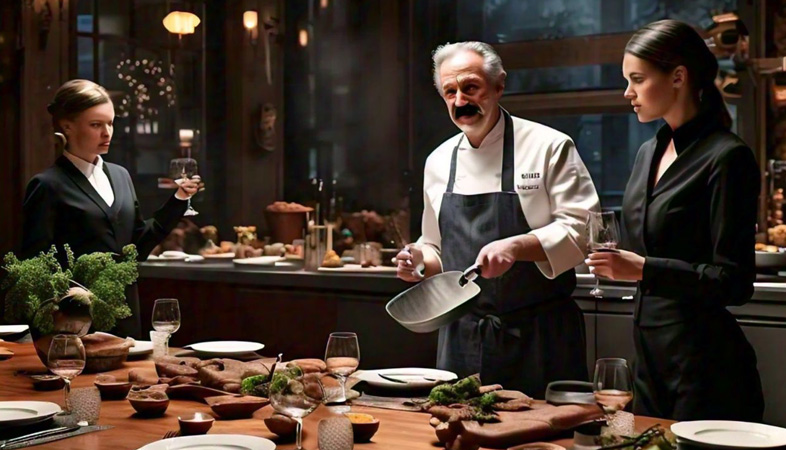
By prioritizing inclusivity, restaurants can enhance the dining experience for everyone and build a loyal and diverse customer base.
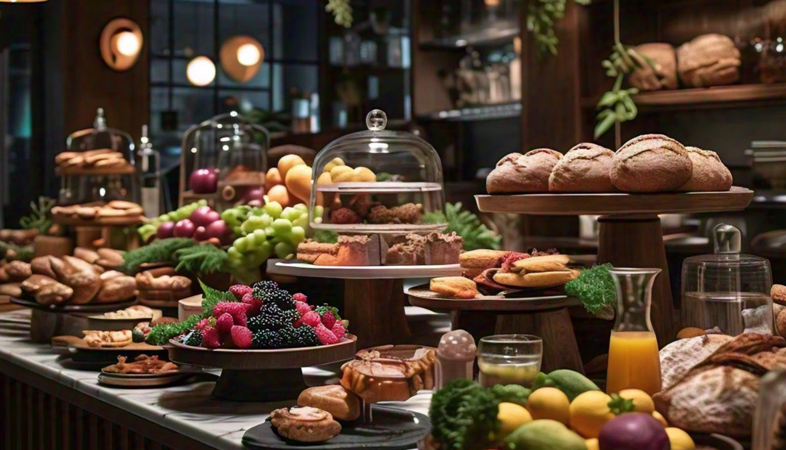
Investing in staff development and wellbeing is essential for fostering a positive work environment and delivering exceptional service.
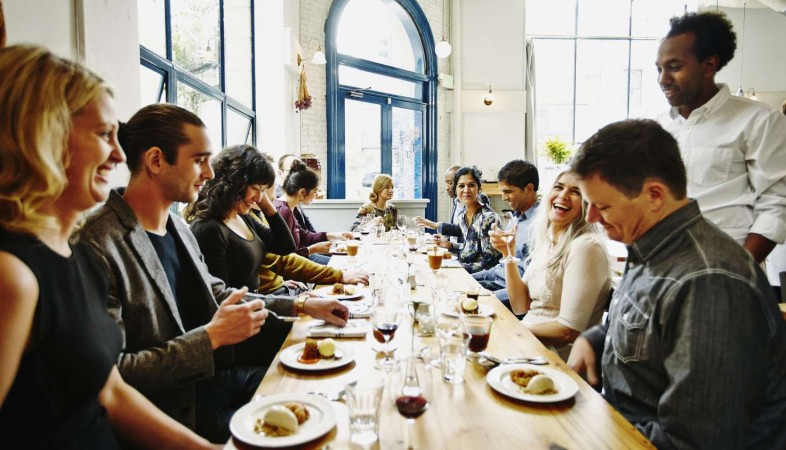
Fast casual dining emerged in the late 1990s and early 2000s as a response to the growing demand for higher-quality food served quickly.

These innovative culinary concepts operate without traditional storefronts, serving customers exclusively through online ordering and delivery platforms.

The embrace of personalization and customization in restaurants reflects a broader shift towards guest-centricity and experiential dining in the hospitality industry.
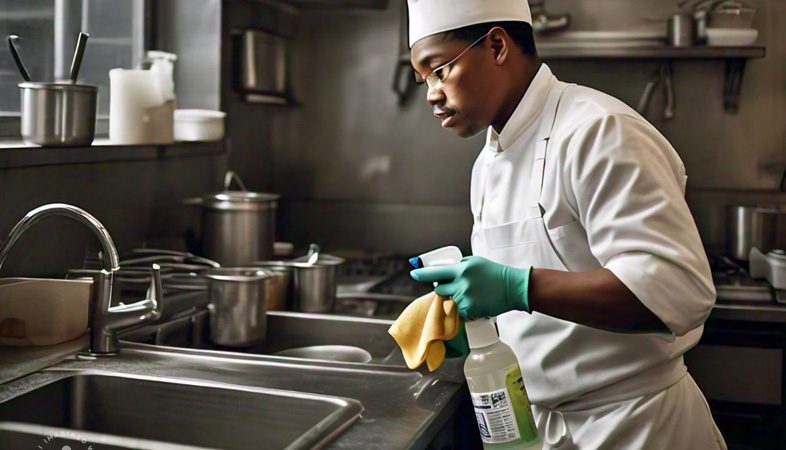
Kitchen stewarding, often overlooked in the larger scope of restaurant operations, plays a crucial role in helping restaurants meet their sustainability goals.
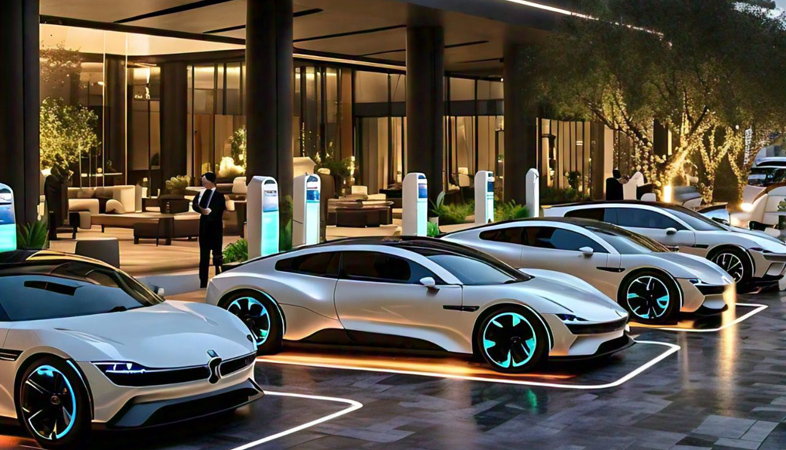
By embracing these positive changes and adapting to new trends, restaurants can thrive in this dynamic environment.
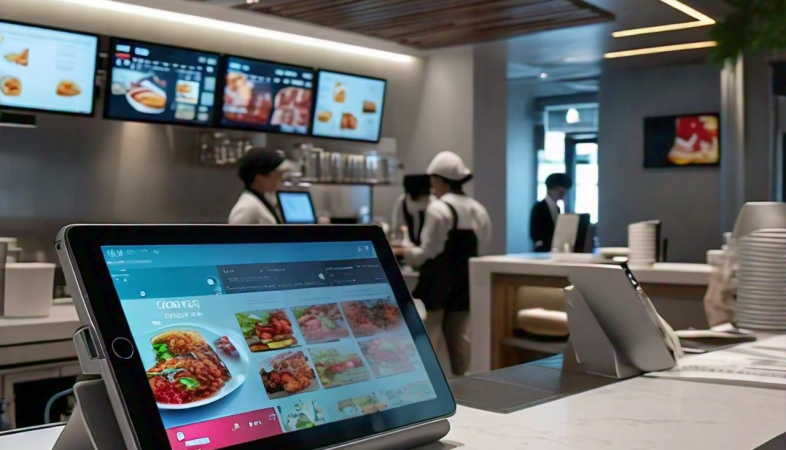
The integration of tablets for billing processes in restaurants represents a transformative shift in the dining industry, offering efficiency, convenience, and enhanced customer experiences.

Popular platforms have become essential tools for restaurants to engage with customers, build their brand, and drive business growth.

While they often bring a surge in customers and revenue, they also pose logistical hurdles and the risk of service bottlenecks.

Revenue optimization is essential for restaurants and hotels to maximize profitability and achieve sustainable growth in a competitive market.
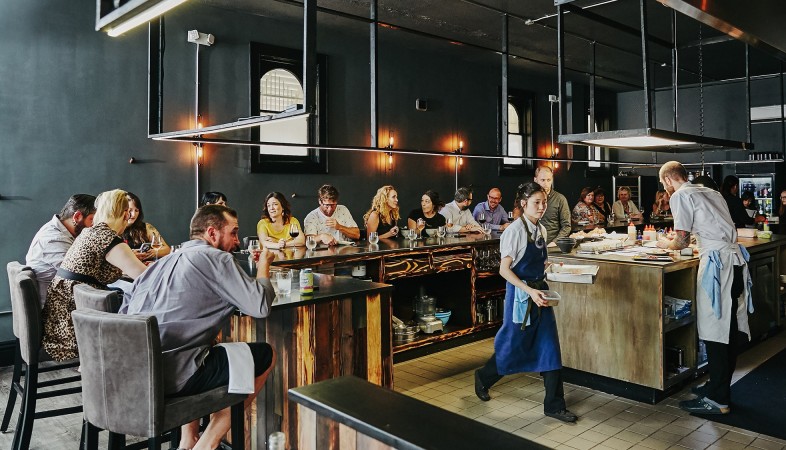
Ventilated spaces in restaurants are crucial for maintaining a comfortable, healthy, and inviting environment for both guests and staff.
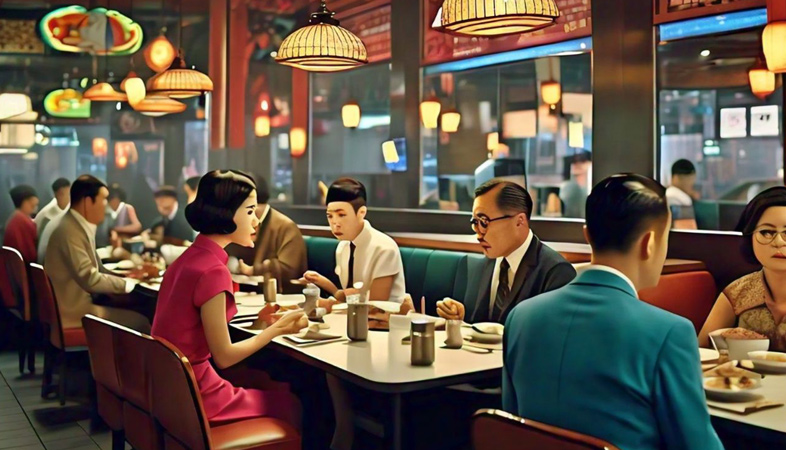
Online billing is transforming restaurants by streamlining operations, enhancing customer experiences, and providing valuable insights into business performance.
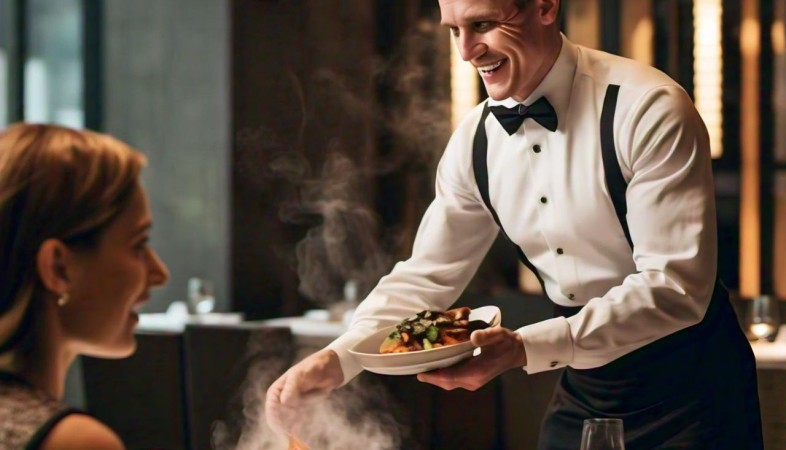
It's a crucial tool that guides diners' choices and influences their overall dining experience.

Modern operations present a plethora of opportunities for restaurateurs to enhance guest experiences, streamline processes, and achieve sustainable growth.
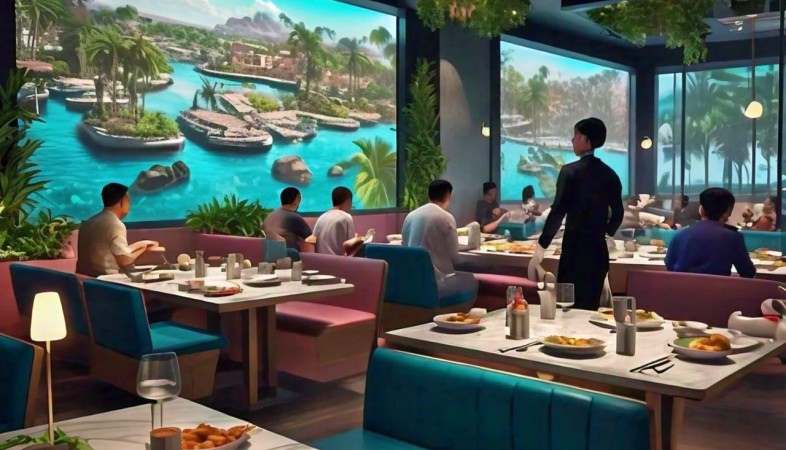
A visually stunning environment not only enhances the dining experience but also encourages patrons to share their experiences online, amplifying the restaurant's reach.
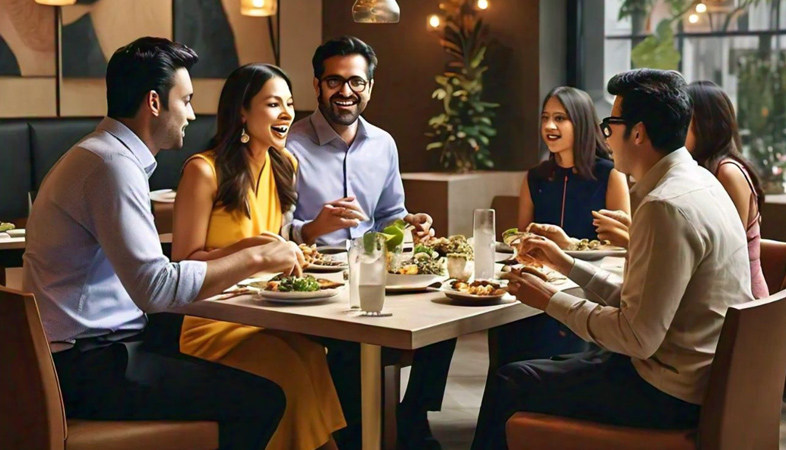
Restaurants play a crucial role in this movement by championing food ethics and adopting practices that support a more sustainable food system.

Let's explore how restaurateurs can leverage the design potential of small spaces to create inviting and memorable dining experiences.

Unlike traditional restaurants with physical storefronts, these establishments do not offer dine-in options but focus solely on preparing food for delivery.